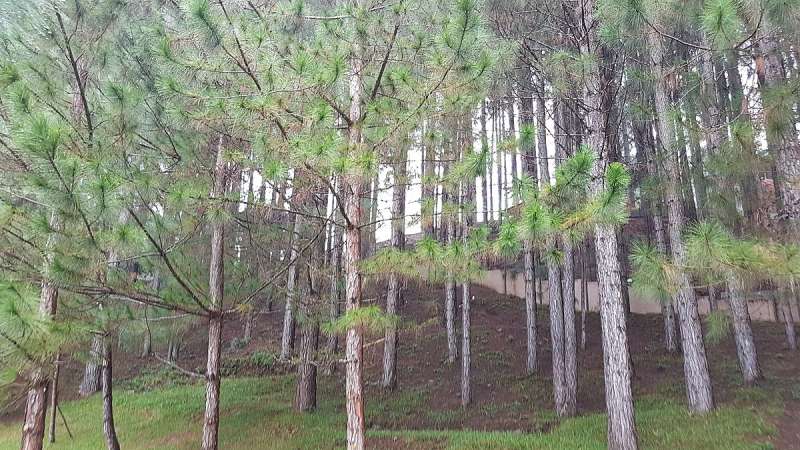This article has been reviewed according to Science X's editorial process and policies. Editors have highlighted the following attributes while ensuring the content's credibility:
fact-checked
trusted source
proofread
Study reveals spatial heterogeneity of diversity in two pines in subtropical Southeast Asia

Pinus kesiya and its sister species Pinus yunnanensis form savanna and forest communities in tropical and subtropical Southeast Asia (SEA). Their ranges overlap in southern Yunnan and have a wide zone of contact. To date, range-wide investigation of the pine species in SEA has not been performed. How Quaternary climate oscillations affect the geographic genetic structure and introgression among species remains unclear.
In a study published in the Journal of Systematics and Evolution, researchers from the Xishuangbanna Tropical Botanical Garden (XTBG) of the Chinese Academy of Sciences sought to understand how Quaternary climate change affected the evolutionary process and range shifts of two pine species.
The researchers investigated the population genetic structure and diversity by examining mitochondrial DNA and chloroplast DNA variation in 690 individuals from a wide range in Southeast Asia. They then reconstructed historical species distributions under past climates using ecological niche modeling to understand the historical changes in species distribution.
"The study revealed, for the first time, the spatial heterogeneity of diversity in two dominant pine species in SEA. The two pines showed different genetic geographic structures," said Gao Jie of XTBG.
They found that the past climate change resulted in a contrasting patterns of population history in the two pine species and a large introgression zone between them. Range shifts caused by Quaternary glacial-interglacial climate oscillations created secondary contact zones between the two species, resulting in an introgression zone with a complex genetic composition.
They also found that the pine populations in SEA are at risk of population decline and extirpation due to climate change and habitat fragmentation.
The researchers suggested that in situ and ex situ conservation based on genetic, ecological, and demographic inferences could maximize the maintenance of the existing genetic diversity in the long run and allow the pine species to adapt to new environmental threats.
"Our results suggest that the Quaternary climate history in SEA has strongly shaped the diversity and evolutionary trajectories of pine species in the region," said Gao Jie.
More information: Jie Gao et al, Phylogeography and introgression between Pinus kesiya and P. yunnanensis in Southeast Asia, Journal of Systematics and Evolution (2023). DOI: 10.1111/jse.12949
Provided by Chinese Academy of Sciences





















